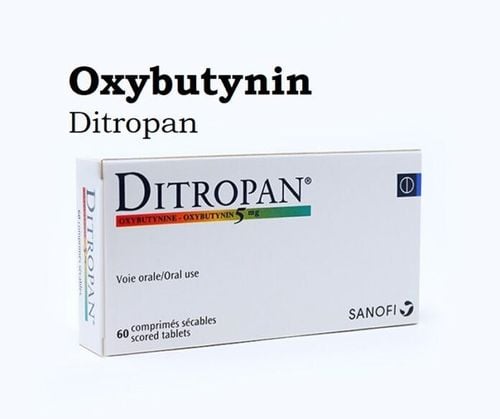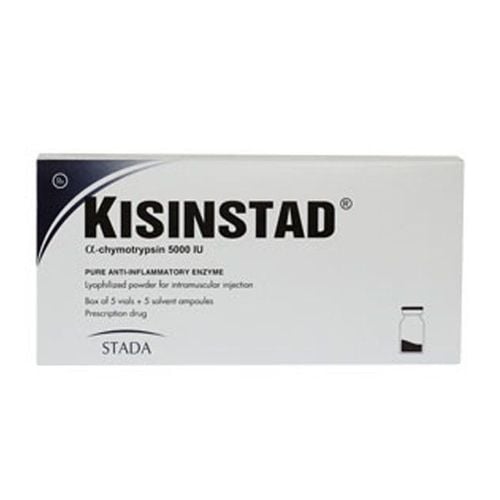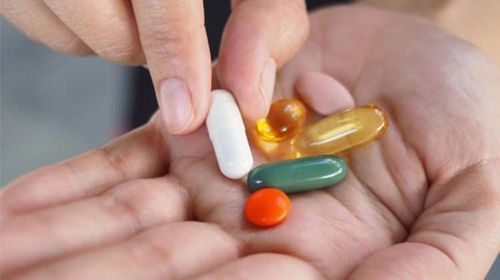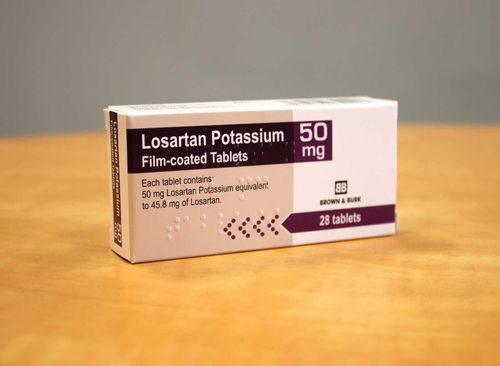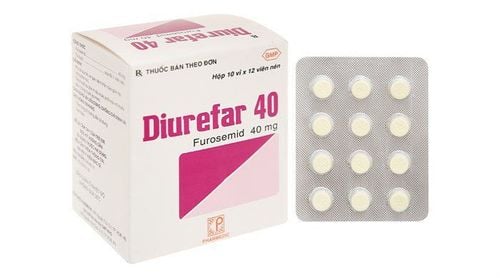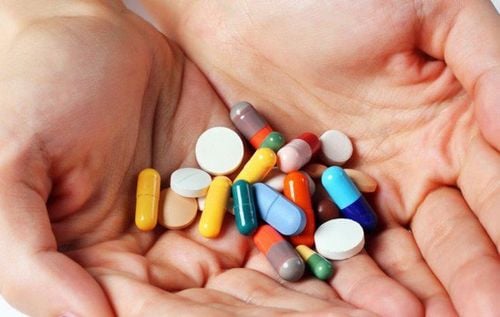This is an automatically translated article.
Edema is the most prominent symptom of acute glomerulonephritis, the onset of which is systemic progression, affecting the patient's daily activities and life-threatening.1. What are the characteristics of edema in acute glomerulonephritis?
Edema is a very common symptom, is the first clinical sign that the patient feels himself before coming to the doctor. At first, they felt like their bodies were noticeably fatter, even though they didn't eat or drink anything significantly. This is discreetly expressed through wearing tight shoes, wearing tight rings or embossing the folds of the pants waist on the skin, bulging belly, yoke. However, this weight gain does not make the patient better, but rather fatigue, lethargy, tired breathing and a feeling of heaviness in the face and swollen eyelids when waking up.
After that, edema in the lower extremities is also easy to detect early. The insteps of the feet are thickened, gradually spreading to the ankles, tibia, knees and groin area. The skin is glossy, bright white, the ankle is no longer palpable. The normal tibia border is located just below the skin. When pressed, it feels soft and flat. When you let go of the hand, it leaves a deep concave layer to fade for a long time. For patients with limited mobility and bed rest, the edema is concentrated in the low-lying areas that bear the highest weight such as the back, buttocks, shoulders, and neck, and can easily cause pressure ulcers. The loose tissue in the external genitalia is also swollen, in men, the two scrotum bags are tight and heavy as if filled with water; In women, the large part of the lips, the vulva is also enlarged with water.
Along with the gradual increase in generalized edema, the amount of urine is also less, cloudy urine and sometimes blood in the urine. Blood pressure measurement showed elevated and difficult to respond to conventional antihypertensive drugs.

Bệnh nhân có thể thấy lượng nước tiểu cũng ít đi, tiểu đục và đôi khi tiểu ra máu
2. What is the mechanism of edema in acute glomerulonephritis?
In the body, if the heart is like a pump, then the two kidneys will be two filters for toxins, products of metabolic processes that are excreted through the urine stream. Normally, the glomerulus filter only allows dissolved water and toxins and electrolytes to pass through, reabsorbs and retains large molecules such as blood cells, proteins, and nutrients. However, when the filter membrane is damaged by acute glomerulonephritis, the substances are easily excreted in the urine, causing the protein concentration in the blood to drop severely.
At that time, the intravascular oncotic pressure inherently created by protein concentration is no longer maintained. The hydrostatic pressure to eject blood in the lumen is increased again as a result of hypertension.
Therefore, the difference between the hydrostatic pressure and the colloidal pressure creates too large a gap, the fluid cannot be retained in the vessel, but escapes massively into the interstitial tissue, causing the patient to swell to the whole body or overflow. Natural cavities cause pleural, pericardial, and peritoneal effusion.
3. What is the danger of edema in acute glomerulonephritis?
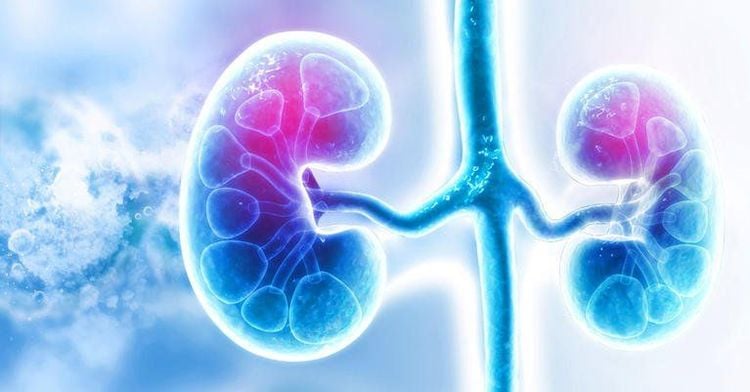
Viêm cầu thận cấp có thể gây ra nhiều biến chứng nguy hiểm
Acute glomerulonephritis causes many dangerous complications; in which, most are consequences of edema caused.
First, because the fluid drains a lot into the interstitial tissue, the patient suffers from swelling in the whole body, making it difficult to walk. Besides this problem, if the fluid overflows into the pericardium, pleura with too large a volume that the body cannot adapt, it can collapse the heart chambers, collapse the lungs, compress the circulatory system, leading to a drop in blood pressure, respiratory failure and death. At the same time, when the circulating volume is no longer guaranteed, the blood pumped to the organs is deficient. An important organ of the body is the brain, when there is not enough blood supply, it will lead to impaired consciousness, lethargy, coma and coma. At the same time, blood also reduces perfusion to the kidneys, aggravating acute renal failure, the accumulation of toxic substances in the blood with increasing concentration will gradually cause dysfunction of other organs.
Not only that, when the patient urinates protein, the decrease in protein in the blood will inevitably lead to malnutrition, the immune system is also weakened, the patient is susceptible to common infections in the organs. respiration and digestion. At the same time, the coagulation system is also affected, increasing the risk of thrombosis and thromboembolism.
4. How to treat edema in acute glomerulonephritis?
When suffering from acute glomerulonephritis in the early stages, the body is edematous and urinating less, accompanied by high blood pressure, the main treatment is diuretics. Diuretics both help reduce edema through increasing urine output, thereby helping to lower blood pressure, reduce blood potassium, correct acid-base and improve kidney function.
These are drugs that act on water transport channels along the length of the renal tubule, limit water reabsorption, dilute and increase the volume of urine formation, increase sodium excretion, affect directly or indirectly. to the excretion of some electrolytes such as diuretics that reduce blood potassium through the mechanism of carbonic anhydrase blockade, diuretics that keep blood potassium through the mechanism of anti-aldosteronism or pseudo-aldosteronism, osmotic diuretics.. The commonly used diuretics are Furosemide, Mannitol, and the diuretic dose is adjusted daily depending on the response to symptom improvement.
After the first week, when the inflammation in the glomeruli has been gradually controlled with antibiotics and when the body has reduced edema, the urine volume increases significantly, kidney function can recover almost completely. Diuretic dose will be gradually reduced before stopping completely. At this time, the patient will find that the body is more comfortable, walking lightly, breathing easily and eating well, indicating that the disease has also entered the regressive stage.
Edema is a symptom both discreet and rampant when suffering from acute glomerulonephritis. The above knowledge helps to recognize abnormal signs early, so that they can quickly go to the hospital for proper diagnosis and treatment, avoiding serious complications while acute glomerulonephritis is always inherent. has a very good prognosis.
Please dial HOTLINE for more information or register for an appointment HERE. Download MyVinmec app to make appointments faster and to manage your bookings easily.




